The inevitable occurrence of natural disasters such as the hurricanes and floods often results in contaminated water streams. As thus, our reliable water sources end up having harmful microorganisms. And the sad part is that no one can live without water. Not even 3 days can ever be spent without having healthy water to drink or cook. Such instances of contaminated water, propel us to be well-rounded in water purification systems such as how to purify water with bleach in a bid to have clear water with no disease-causing agents such as the giardia, legionella, cryptosporidium, salmonella, and others. The fact is that, there are hundreds of pathogens in water and they will eventually lead to waterborne diseases such as the cholera as it was a case in some countries already.
To purify the water, we are faced with numerous water purification systems that come with different treatment capacities and prices to choose from. Keep in mind that no purification system can be all-in-one no matter how advanced or how expensive it can be. For instance, some are capable of treating pathogens, bacteria, algae, protozoa, and viruses, whereas others are capable of treating organic/inorganic chemicals.
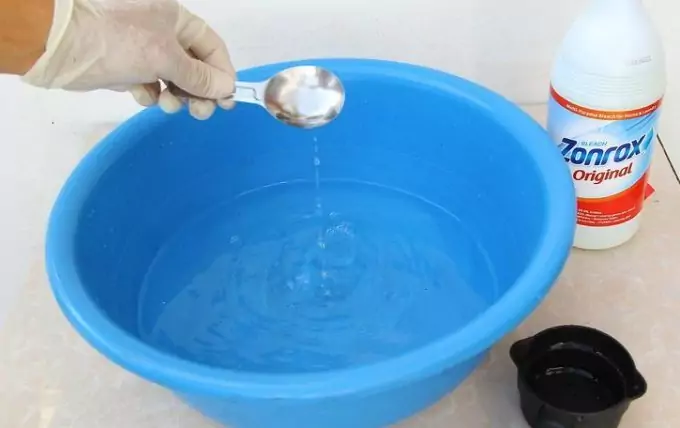
But to get all of them is just another way to break your bank. Among these methods, we’ve decided to equip you with skills on how to use bleach in purifying water as the widely available chemical disinfectant solution, and also the most affordable. We’ll unfold all the advantages and tips on how to treat water using bleach.
Importance of purifying water with bleach
First and foremost, you should note that there is a plethora of bleach solutions available. Our focus is on the household grade liquid bleach (chlorine). The household bleach often contains the sodium hypochlorite, which is the chemical behind its ability to break water molecules of water pollutants. Do not entertain the bleaching solutions that have other impurities. However, as stated above, no system is an all in one. With regard to bleach, for example, some pollutants such as chemical pollutants may not be removed efficiently.

One can say that it depends on the extent of the contamination of the water. If, for instance, you suspect that some chemicals have spilled into the water streams, do not opt for bleach to purify it. Perhaps consider other methods such as the reverse osmosis, activated carbon filters or the UV treatment, even though they’re costly. But it’s worth an investment when struck by such an inconvenient contamination of water.
The household liquid bleach has its own importance and excellence in purifying water. Let’s first understand how it purifies water.
How does bleach purify water?
Well, to start with, the household bleach (with concentration of 5.25% to 8.25% of sodium hypochlorite) produces the hydrochloric acid and oxygen as end results when poured in water. There’s a chemical reaction whereby the sodium hypochlorite reacts with water to form hypochlorous acid. The acid will eventually turn into the famously dangerous hydrochloric acid and oxygen. Then the chemical bonds of the water pollutants will be destroyed. There will therefore be no more pathogens and bacteria that jeopardize your health when drinking water.
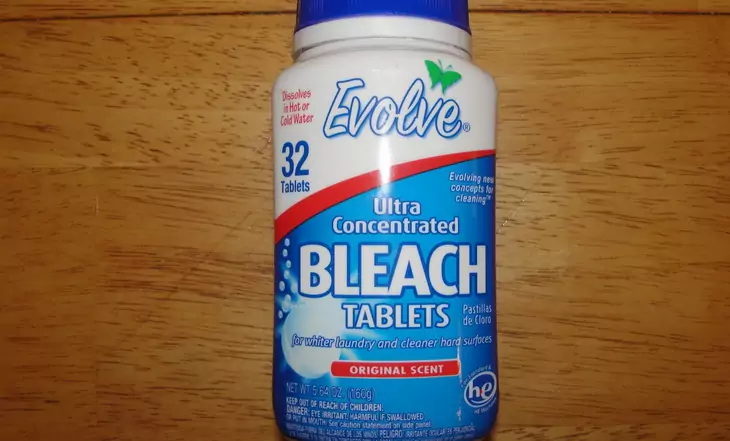
IMPORTANT: You should only use the unscented household liquid bleach that contains a concentration that ranges from 5.25% to 8.25% of sodium hypochlorite. Take a closer look at the ingredients on the bottle. The most popular brand of Chlorox is often helpful. But even if there are plenty of brands on the market, just be vigilant about the composition of the liquid bleach.
Additives and colorants should be eliminated from your ideal bleach solution that is effective in water purification and non-poisonous to human beings. Furthermore, beware of the bleaching solutions with a higher concentration of sodium hypochlorite because they can be harmful.
Where to find the household liquid bleach?
There are many camp stores and supermarkets that sell this solution. This abundant availability of the chlorine bleach makes it one of the best and preferable water purification methods. You don’t have to sweat before you find it. But, just beware of a variety of bleach grades out there. Failure to buy the right one might end with making your drinking even worse water.
So, if you are to camp in a certain location that has been struck by floods or hurricanes, you can simply go to the nearest camp-stores to purchase household liquid bleach to purify your water. Boiling water, as one of the common methods, may not be the best solution when you’re in the wilderness far from an electric stove, unless you are willing to sweat in making the campfire so that you can boil water. To learn one survival trick, read our article on DIY water filters you can make anywhere.

Either way, we do not recommend substituting the chlorine bleach with boiling water. There are some pollutants that are not a match to the bleaching solutions than boiled water. Moreover, when you compare the efforts of having to boil water and having to purify with bleach, you’ll see that buying the bleach is relatively effortless.
Once you have found the relevant bleach solution to purify your water, you should follow a purification procedure with care. There are numerous scientific recommendations stipulated by various organizations out there. For example, some say add 6 drops to 1 gallon of water, whereas some say 8 drops. We stay with the ones that say 8 drops for effective removal of contaminants. But the measure will vary depending on the extent of the contamination. For instance, cloudy water needs about 16 drops in a gallon for an effective purification process.
We have simplified a procedure below to follow. The table with recommended concentrations per a certain amount of water is also provided as a guideline.
Purifying water with bleach
- Find a clean container first that can store sufficient water for consumption for a long period. The best advice is to use the bleach to sanitize the container before actually storing water in it. To do this, add a teaspoon of house liquid bleach to a liter of water and then shake the container with.
- Reminder: no any other bleach grade than the one with concentration of 5.25% to 8.25% of sodium hypochlorite
- Then find a measure like the teaspoon, which you can use to add some drops of chlorine bleach in the water.
- Please follow the table below when adding the solution
- After mixing the bleach with water, wait for about 30 minutes to an hour before you can consume the water
- After that period has elapsed, smell the water to find out if there’s a smell of the bleach. If no smell, repeat the dosage and then wait for about 15 minutes before consumption. If there’s too much smell, try exposing the water to air for more minutes before consuming it again. There should ideally be a slight smell.
| Vol of water to purify | Amount of bleach to pour in the water |
| 1 liter | 2 drops |
| 2 liters (0.5 gallon) | 4 drops |
| 1 gallon | ¼ teaspoon (8 drops) |
| 5 gallons | A full teaspoon |
Table 1: Recommended amounts of bleach per volume of water for purification
Please note that you have to double the amounts if the water is found to be cloudy with sediments in it. Unfortunately, liquid bleach is not capable of removing sediment. So, the best way is to filter the water first before adding bleach in it. There are many filters such as the coffee filters or paper towels that you can use in this regard. Use a clean container to filter the water into, and thereafter add the bleach accordingly as recommended in the aforementioned table.
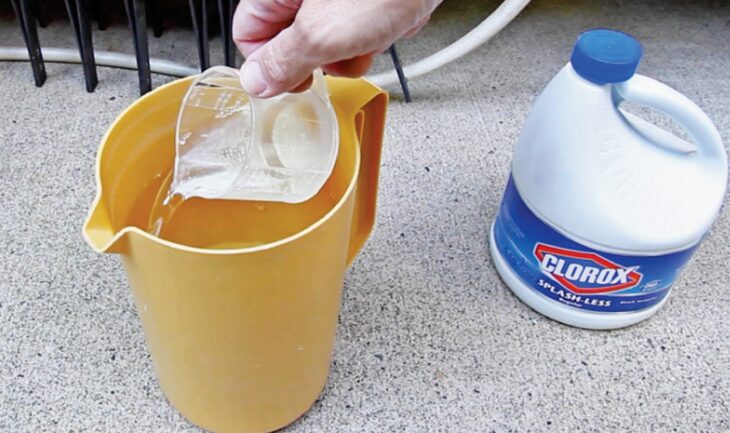
The other important thing to note is that, the bleach should not be 6 months old. So before purchasing any household liquid bleach, check the expiry date. The bleach solutions that are over 6 months may be rendered ineffective in water purification. And, moreover, if you have treated water with bleach, it should be changed/re-purified after 6 months. Bleach has a short-life.
Now that you have used bleach water in purifying your water, it’s important to store it in a safe place. Also, follow certain recommendations to achieve that to ensure a safe drinking of water.
Storing water safely
You never know that, when could you face the emergency situations. It is better to stay prepared rather than wait for that moment when the situation of emergency has arrived. Many organizations recommend that you store about a gallon of water for each member of your household that could last at least 3 days.
The failure to save sufficient water may compel the household to rely on factory-sealed water sold in many stores. But then, for how long can you rely on that option? How about the cost implications? That could certainly be unsustainable in a long run. It therefore necessitates the fact that you should purify your water with bleach and then store it for later consumption.
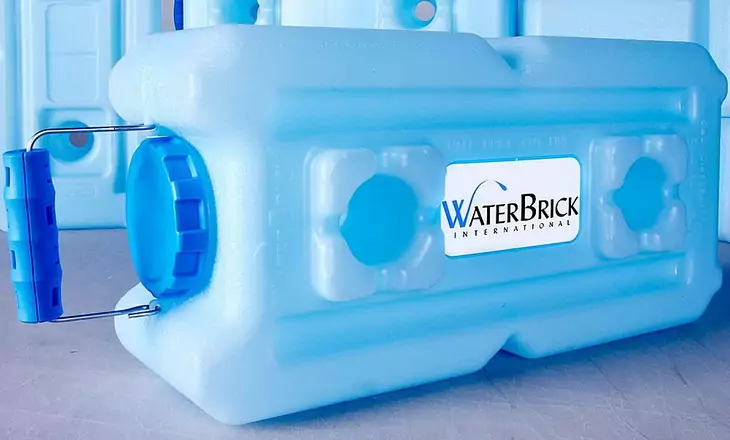
Well, if you’re an outdoor enthusiast, you have no choice but to travel with water purification systems for unforeseen inconveniences of contaminated water. So, to save water:
- Purify water first with liquid bleach
- Fill your containers that are pre-cleaned/pre-sanitized before storing water in them
- Seal the containers tightly
- Print the date that you have saved that water with
- Store the containers in a room temperature
- A few months down the line, keep track of the date
- Then, if the 6 months has passed, replace the water
- Otherwise, you can save water and then purify it later when the need to consume arises. But keep in mind that you have to wait long after purifying.
Did we mention anything about the reliable sources to take water from? I bet not. It is also important to consider the sources from which you take water. Among others, the following are reliable:
- Lakes
- Rivers
- Rainwater
- Natural springs
- Ponds
- Streams
Although we recommend fetching water from flowing streams, we’d like to warn you about the dangers of that beforehand. For instance, flowing water is more likely to be affected by oil or chemical spills. So, liquid bleach will not be a match to some chemical pollutants such as the organic and inorganic chemicals. But bacteria, protozoa, and viruses are effectively removed by this method. See our informative article on the topnotch gravity water filters to give you more ideas.
To stay out of danger, we recommend that you personally inspect the quality of water. Perhaps filter the water → boil it thereafter → and then use the bleach, although the boiling temperature will have removed most of the microorganisms that the bleach would also remove. This is done just to ensure the quality of water.

Image Credit: outdoorlife.com
On the other hand, the stagnant water might have many microorganisms that have grown for a long time. It might have a high concentration of water contaminants. And, if chemicals have spilled into the stagnant water, you are surely going to have a hill to climb before you can successfully purify it. That’s when the other purification systems come into place. But mind the costs.
Is it safe to purify water with bleach?
Some people are reluctant and hesitant about using the bleach in purifying water because of the doubts about its safety. Meanwhile, some end up being admitted to hospitals due to the consumption of high concentrations of bleach. Let’s admit that any chemical purification system can be dangerous if not well executed. It can also be more effective if well executed. So it’s your take.
We should note that bleach was not manufactured for human consumption. It is widely used as a disinfectant of surfaces and other things, but just not to be consumed by human beings. That’s why it is important to take note of the amount that you pour into your water container. That is also why we’ve provided a table above to give you estimates of how much you should add in a certain volume of water.

If ingested in higher concentration, meaning if you’ve poured more bleach in a volume of water and drank it, the sodium hypochlorite can be detrimental in your body because it is highly corrosive in nature. So when ingested, it will start by damaging the esophagus on its way down to the stomach. In the stomach, it will also damage the lining of the stomach, which might result with vomiting. And when vomiting, the chemical will continue damaging the esophagus lining on its way out. Then you might need intensive medical attention after that. That being said, it is very important to always take note of how much you add to the water container.
Moreover, a high concentration may result when you purchase wrong bleach grade. That’s why we’ve emphasized that your household liquid bleach should range between 5.25% and 8.25% in the concentration sodium hypochlorite. Carefully check the contents printed on the bottle, or ask your physician if it is safe to drink water purified with whichever bleach you’ve just bought. The additives and colorants to the bleach solution may also be unsafe and dangerous.
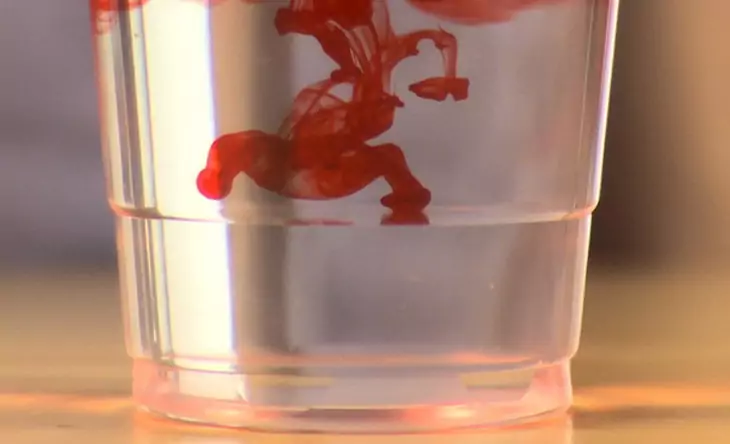
The other important point noteworthy is that, people suffering from asthmatic attacks should not be in close proximity to the bleach. If they inhale the smell, for example, their condition can be more extreme. We therefore recommend that you perform your purification process in a largely ventilated area far from asthmatic patients.
As long as you follow the right instructions, purifying water with the household bleach shouldn’t be that of a major concern. The purification of water with the bleach is not contemptible at all. Otherwise, you might suffer the repercussions.
Overview
Purifying water with bleach turns out to be the easiest, safest, and affordable method among others if well undertaken. The prerequisite to excelling in this method is to follow the instructions meticulously. For instance, you need to ensure that you’ve bought the right bleach that has no additives and it’s within 5.25% and 8.25% of sodium hypochlorite. Moreover, you need to add the correct amounts to the relevant volume of water to avoid over-concentration that could harm your health. One other important reminder is that bleach water needs to be replaced every 6 months.
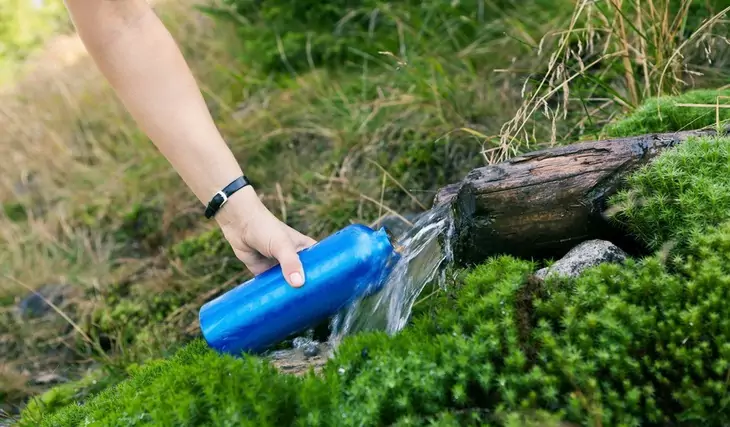
It is also important to note that the bleach solution is incapable of removing all chemical pollutants and microorganisms. So, that being said, we can say that the water that has been heavily contaminated needs not only bleach as a purifier but other methods too. These can include the reverse osmosis among others.
And again, if the water is cloudy, try to double the amounts of bleach to effectively remove the contaminants. Sometimes it is better to use filters before using the bleach to make sure that sediments have been removed because the bleach cannot do that. For the top survival filters to ensure safe water, see our reviews in our article to give you more information.
Pros:
- Household liquid bleach is inexpensive
- It is abundantly available in many stores
- Only a few drops needed to purify, for example, a quart of water
- It does not discolor water, unlike other chemical treatments such as the Iodine
- No unpleasant smell after disinfecting the water because it evaporates quickly
- It is a multi-purpose solution that can be used to also disinfect surfaces or containers
- It can be used as a pesticide
Cons:
- It has a short shelf life of about 6 months
- Ineffective in killing all harmful water contaminants. For instance, the cryptosporidia, it cannot be killed by the bleach. You will need other purification methods such as UV treatment.
- Bleach can be poisonous if ingested in high concentrations
- Not to be used by asthma patients
- Does not remove sediments from water
- Have to wait for more than 30 minutes before consuming the bleach-purified water
Wrap Up
If you have always doubted to use bleach to purify water, now is probably the right time to proceed with it since we have equipped you with skills on how to do that. We understand that most people are clueless about using bleach, or do not know that what kind of bleach to use. Our take is that, since there many brands of household bleach solutions, just look for the ones that says 8.25% of sodium hypochlorite as the main chemical. Many scientific findings recommend this percentage of concentration.
For lower concentrations of sodium hypochlorite, you might have to add more of the solution to water. The higher concentrations are just bad news to your body. Just make sure that you follow the instructions strictly. The enticing thing about bleach is that it is widely available in many stores. So if you like traveling, and then encounter contaminated water, you can simply run to the nearest store to get it. It is furthermore the cheapest among other water disinfection/purification systems.
See our article on the top-rated water filtration system to give you more insight on how to keep your water clean and potable.
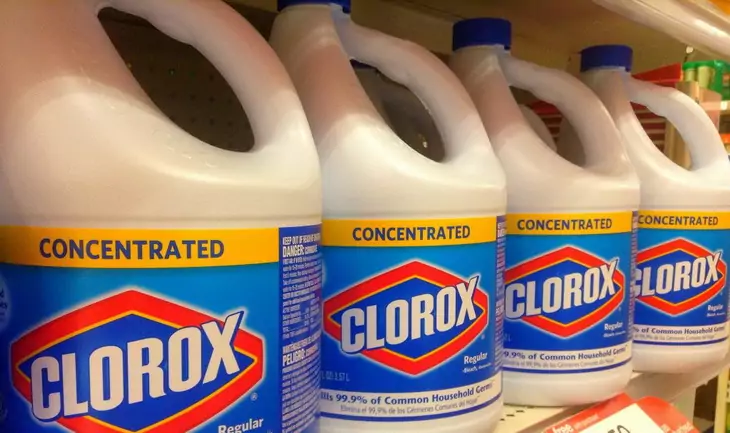
Have you ever used the bleach before in purifying water? If yes, please share with our readers how you managed that, and what was the smell thereafter. If you have question, post it in the comments section below, and we will be glad to respond you.



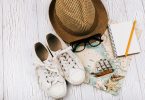


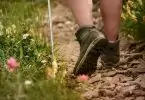
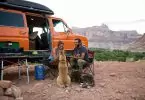
Purifying water with bleach requires skills, which are in plenty in the article. Remember to use a bleach grade with a concentration of 5.25% to 8.25% of sodium hypochlorite.
Basically, bleach is not manufactured for ingestion. So, be cautious with the amount you use.